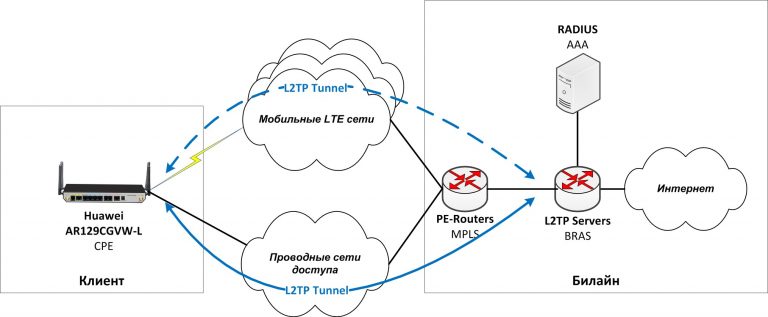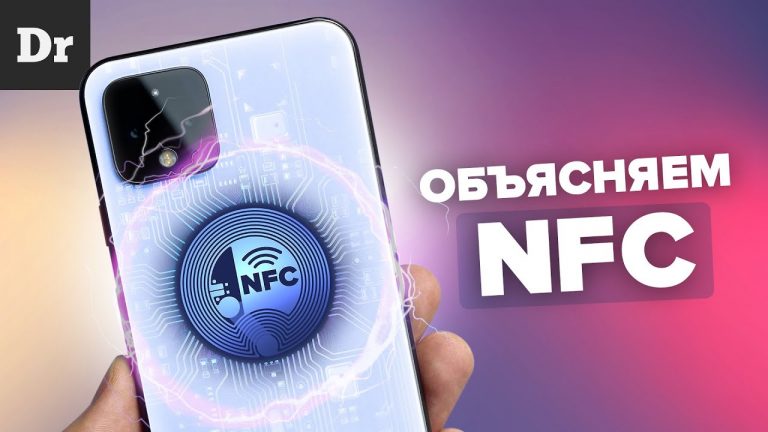and what is your contribution as a team leader?
Once, during a performance review, I was dumbfounded by the feedback from one of the employees, let’s call her Katya: I don’t see the team lead’s contribution to the team’s work. There were more words, but the meaning was approximately the same.
Just in case, performance review is a process of regular evaluation of employees in many companies, where the opinions of the manager, colleagues and subordinates, if any, are taken into account.
For me it was unexpected and very painful – I was pleased with myself. Over the course of six months, the team began to work much better, this was evident from the quarterly results and performance metrics. It seems that not everyone can see it.
Is there a problem at all?
Actually, what's the problem? Well, he doesn't see and he doesn't see, what's the difference. Let's look from the general to the specific.
Let me remind you of the idea of the management cycle through communication (simplified, more details here): the team lead receives a task from stakeholders and passes it on to the team for execution, and then presents the result to the stakeholders. And so the impulse circulates from the stakeholder through the team leader to the team and back.

So, this situation threatens to break the link of transmission from the team lead to the team. Indeed, misunderstandings can grow into:
It will just be harder to explain something.
A person may begin to question the team lead's decisions.
A person will once again not want to discuss the problems of the project with a “useless” team lead.
The person will generally begin to become demotivated, work worse and negatively influence others.

In general, communication costs will become higher, the risks of losses and further deterioration of the situation will increase.
What is the asking price?
The cost of conflict is dealt with by conflictonomics, a longread about which will be written later. Basically, the idea is to estimate the cost of resolving the conflict, the cost of leaving it as is. And then it becomes clearer whether something needs to be done.
So, how much can this situation cost the team and the team leader personally?
Let's start with the team. Katya was a business systems analyst, i.e. a person who turns the customer's vague wishes into specific requirements. And communication breakdowns with her can lead to errors in the requirements, which, as we know, are the most expensive to fix – up to reworking the entire project. This is, of course, an extreme case, but is it worth the risk?
And what about the team leader personally?
Communication overhead costs increase – it takes longer to explain, more control is needed. But this is unlikely to be very significant, say, an hour a week.
Well, and risks. In case of problems with the project, or simply because of negative feedback, depending on the processes, you can sit for six months or a year without a promotion or growth in money.
The outlook is not bright. How much does it cost to solve the problem? Suddenly even more expensive. It depends greatly on the situation and not determined in advance, not known at all. Therefore, we have to act iteratively. Each time deciding on the next step.
You may notice that the estimates are very on the fingers. This is intentional. You can refine your estimates endlessly, and the goal here is not to turn these calculations into scientific work, but to make a decision in which you will be confident. And for each person and each situation the level of accuracy of assessments will be different. And by the way, the assessments themselves are also worth something 🙂
What I ended up doing
It took me half an hour just to talk to the person and find out how she came to this wonderful conclusion.
The essence of the complaints boiled down to the fact that one of the neighboring team leads participates in every meeting to discuss requirements, and not selectively, like me. And the other generates more artifacts.
To my thesis “well look, the processes have improved, the team has started working better, we did the previous project in 5 months instead of the planned one and a half, and now we are on schedule”, I received the answer that she had not worked closely with the previous project, so she could not say anything.
Essentially, I received the demand “go to more meetings, write more texts,” and she simply rejected my logic under a plausible pretext.
But what's the problem, maybe you just needed to listen to Katya? Let's figure it out using metamodeling. I'll write about it in more detail later, it's a powerful tool that allows you to find logical violations in the flow of words and, by asking the right questions, restore the facts. By the way, you can and should apply it to yourself, to your internal dialogue 🙂 The convenience is that there is a list of standard patterns of violations, which with some training are easy to find in incoming information.
I was told “you don’t go to all meetings, like team lead Vasya, which means your contribution to the team is insufficient.” This is a classic example of one of the violations of the metamodel – complex equivalence, when one thing is mistakenly equated with another. But the result of the team lead’s work is not the number of meetings attended and artifacts created. These are initiated and implemented changes in the work of the team, leading to greater effectiveness. And I had about 7 of these over the past period.
Solution
Yeah, I understand, no critical flaws were noticed in my work. Okay, what's next? Just ignore what was said? But then I will get all the problems and risks from the section above. It seems that the problem was in the insufficient presentation of the results of my work – since at least part of the team it was not obvious that I was doing anything useful.
And I proposed the following: at the beginning of the quarter, I will publish my personal goals – how exactly I want to improve the team’s work during this period. And every month write about progress, and at the end of the quarter about the results of “what was/was.” So the team lead’s contribution will be clear? – yes, let's try.
That is, a solution was found. Why was it easy?
I had a clear intention for communication – to find a way out of the situation. And I firmly adhered to it, not allowing the conversation to slide into an exchange of claims.
To do this, I worked with my state, tuned in to a constructive dialogue in advance. And maintained a level head during the process, although some of the remarks from the other side were quite caustic.
Using metamodeling, I quickly found the real problem and saw the solution.
I must say that I was lucky, the problem could have been in an old grudge or simply burnout, and then the solution would have been more expensive, of course, but the risks were also more likely.
Let's summarize
The question may arise why there is so much text – the situation looks simple. Simple, yes, but the risks are great if you launch it. And most importantly, this simple example shows an algorithm that can be used to resolve much more serious conflicts:
Let's find out if there is a problem at all:
We look at whether the situation threatens the cycle of control through communication, and in what place.
We estimate the cost of the conflict – if we leave it as is, and if we resolve it.
Let's go to communication:
We form a stable intention – what exactly we want to achieve with this conversation, and make sure that it does not move in the process.
We work with our state – before and during the conversation.
We use tools to analyze the speech of the interlocutor and separate facts from speculation, emotional exaggerations, etc.
Based on these facts, we propose a solution.
It sounds simple – all that's left is to quickly master all of the above so that it works out under conditions of emotional pressure, internal and external 😉




![[Личный опыт] How to grow to Senior in a FAANG company using the example of Uber](https://prog.world/wp-content/uploads/2021/03/ktlrucbqayy0pyxhj43udvoczbi-768x575.png)
